The verdict is in – Nikon’s got a new leader in high-ISO performance: the Z 6 III. When I wrote my initial hands-on review after getting the camera in June, I’d not had time to give it serious, real-world high-ISO testing. Having fewer pixels than the Nikon Z 9 and Z 8 (24MP vs 48MP) meant larger pixels on the same size sensor, so I expected a boost in those cameras’ already impressive high-ISO quality. But over the last couple of months, I’ve been surprised at how good that quality actually is.
There are three big issues that affect how good an image can look at high ISOs. First, how new the camera is. Newer cameras often mean newer processors, newer algorithms and sometimes newer-generation sensors, all of which can improve quality. Second is the size of the pixels. Larger will almost always give you better performance at high ISOs than smaller pixels. And finally, exposure. Noise will be worse if you underexpose at high ISOs and then try to fix that exposure afterwards, on the computer (and yes, that applies to RAW captures as well as JPEG).
I first started pushing the camera at the Hartford Nationals, a disabled sports competition run by Move United, in Birmingham in July (I was also running a Sports Photography Workshop there). I didn’t go crazy with ISO, partly because I didn’t need to, and partly because I wasn’t sure yet how it would perform. It did just fine, as you can see from the photos below. So far, so good.
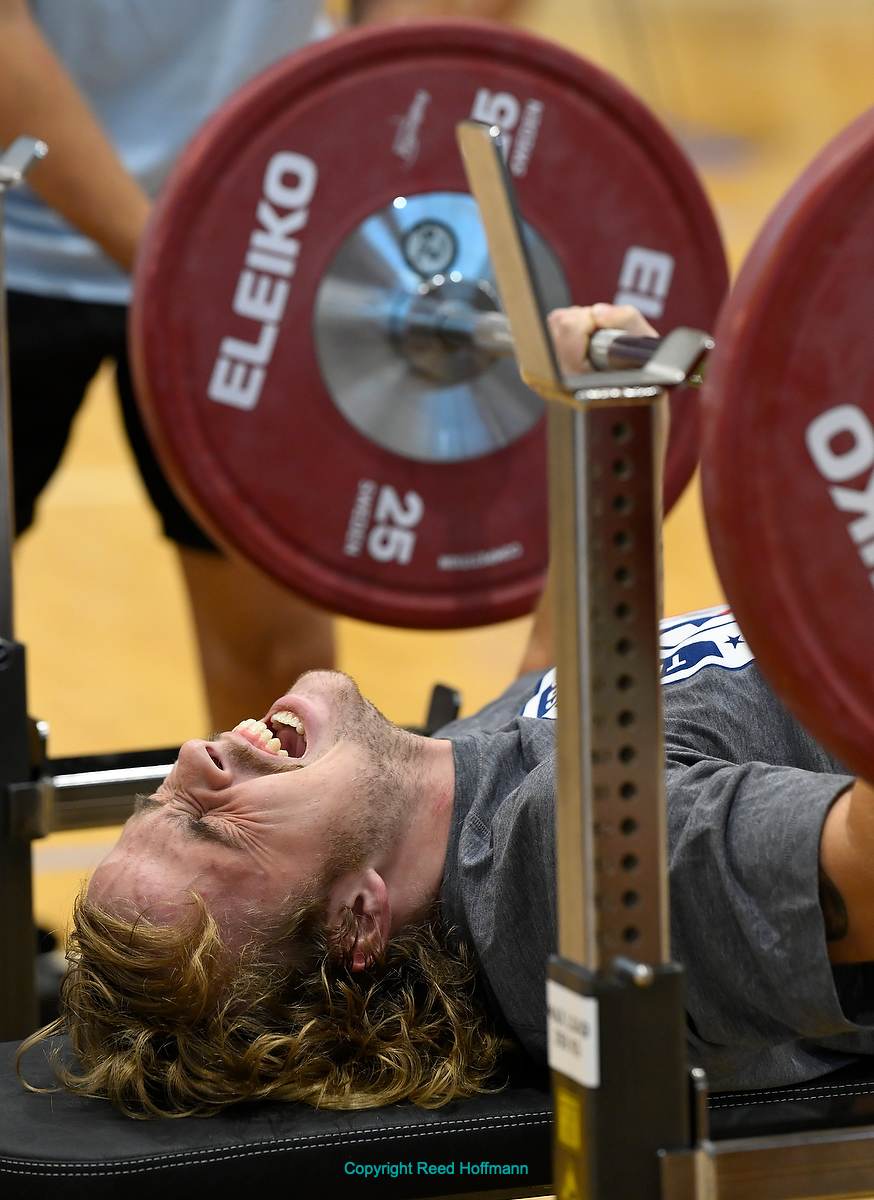
The first chance I had to push the camera, at the Hartford Nationals, was the powerlifting competition. At 3600 ISO, even zoomed in to 100%, I see no noise at all. Nikon Z 6 III, Manual exposure, Auto white balance, ISO 3600, 1/320 at f/4 in Matrix metering, -0.7 EV, Nikkor Z 70-200mm f/2.8 VR S lens at 185mm.
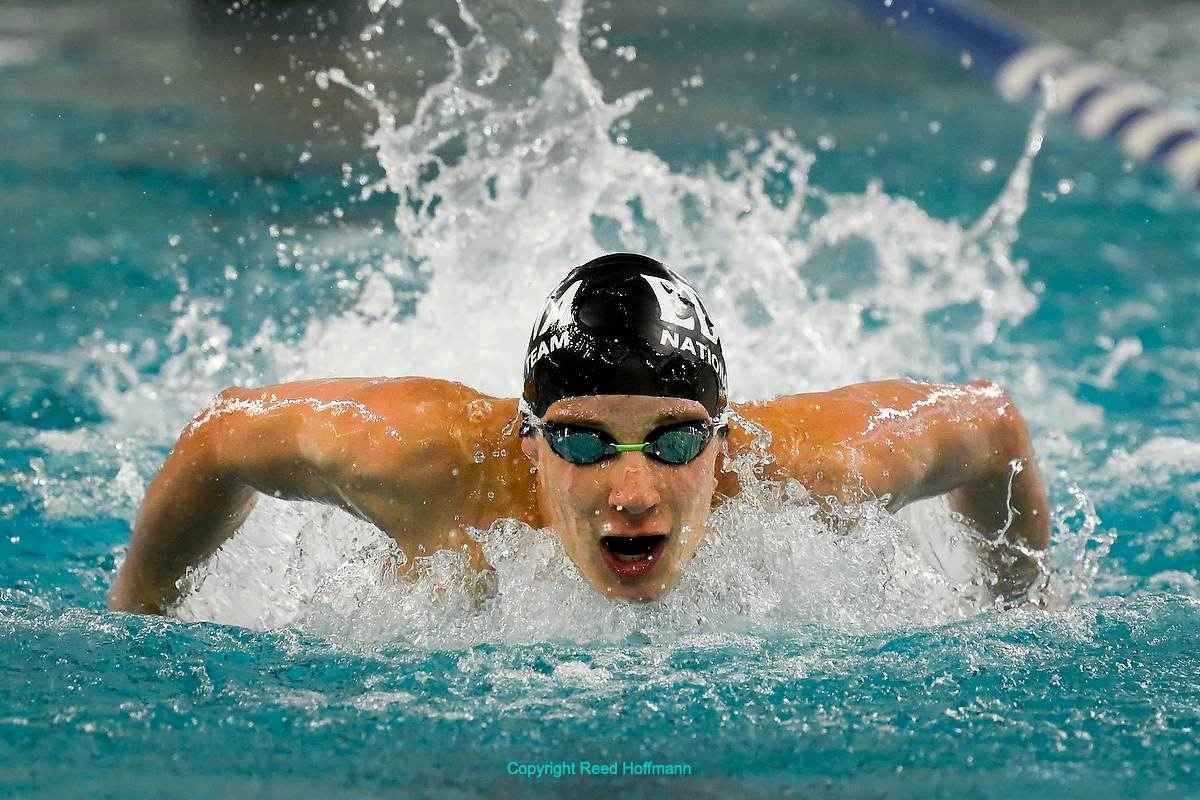
A couple of days later, I pushed it further when photographing swimming. Nikon Z 6 III, Manual exposure, Natural Auto white balance, ISO 5000, 1/1000 at f/4 in Matrix metering, +0.3 EV, Nikkor Z 70-200mm f/2.8 with 1.4X teleconverter, shot at 170mm.
Next, I decided to see what I could do with it using the Nikkor Z 180-600mm f/5.6-6.3 lens at night baseball. Normally I’d never consider doing that because to get the shutter speeds I want (usually 1/1600), at f/5.6-6.3, would require me to push the ISO so high I’d get poor quality results. To test that, I went to a Royals game that I wasn’t working. That way if I failed no client would suffer. This time, the camera blew me away. I actually had to keep pushing the shutter speed higher to force the camera into using insanely high ISOs. And the photos still looked great!
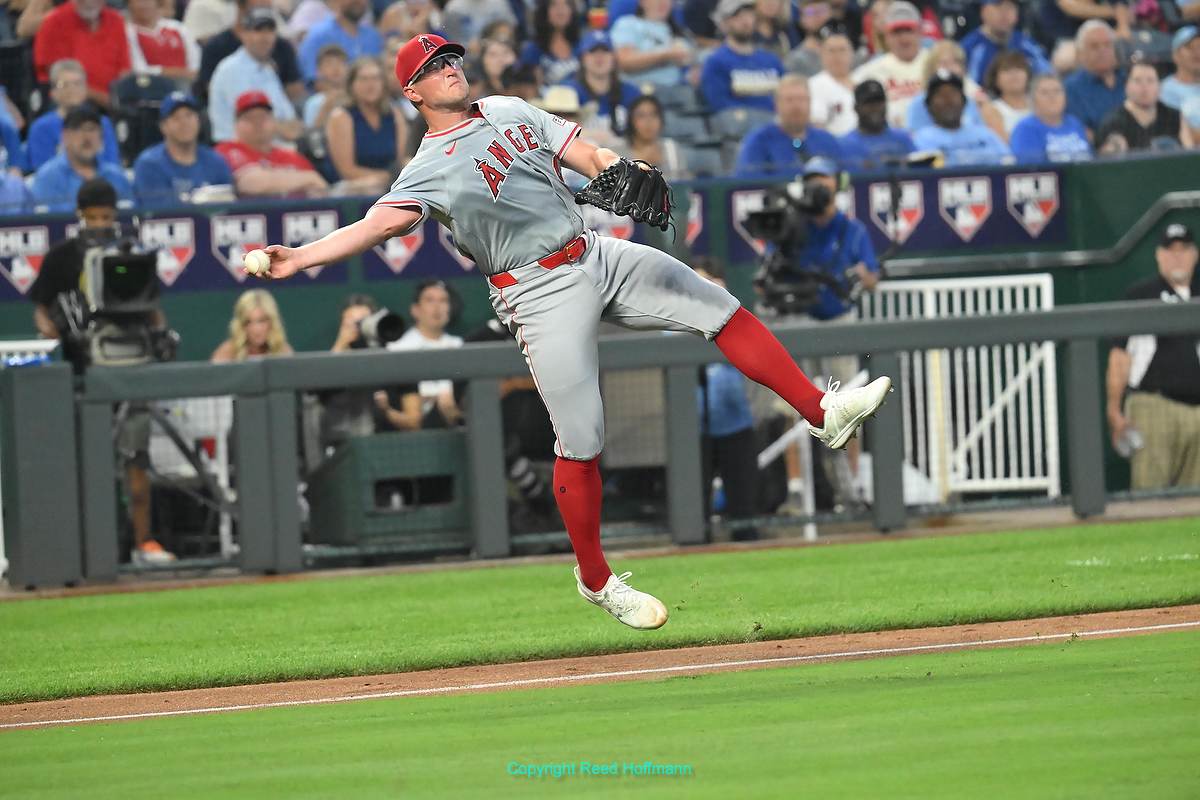
Here’s my original capture of a pitcher trying to make the throw to first base after a bunt. Notice that I’ve dialed in a little overexposure, as you can see from the camera settings below. Nikon Z 6 III, Manual exposure, Natural Auto white balance, ISO 20,000, 1/2500 at f/6 in center-weighted metering, +0.3 EV, Nikkor Z 180-600mm f/5.6-6.3 VR lens at 400mm.
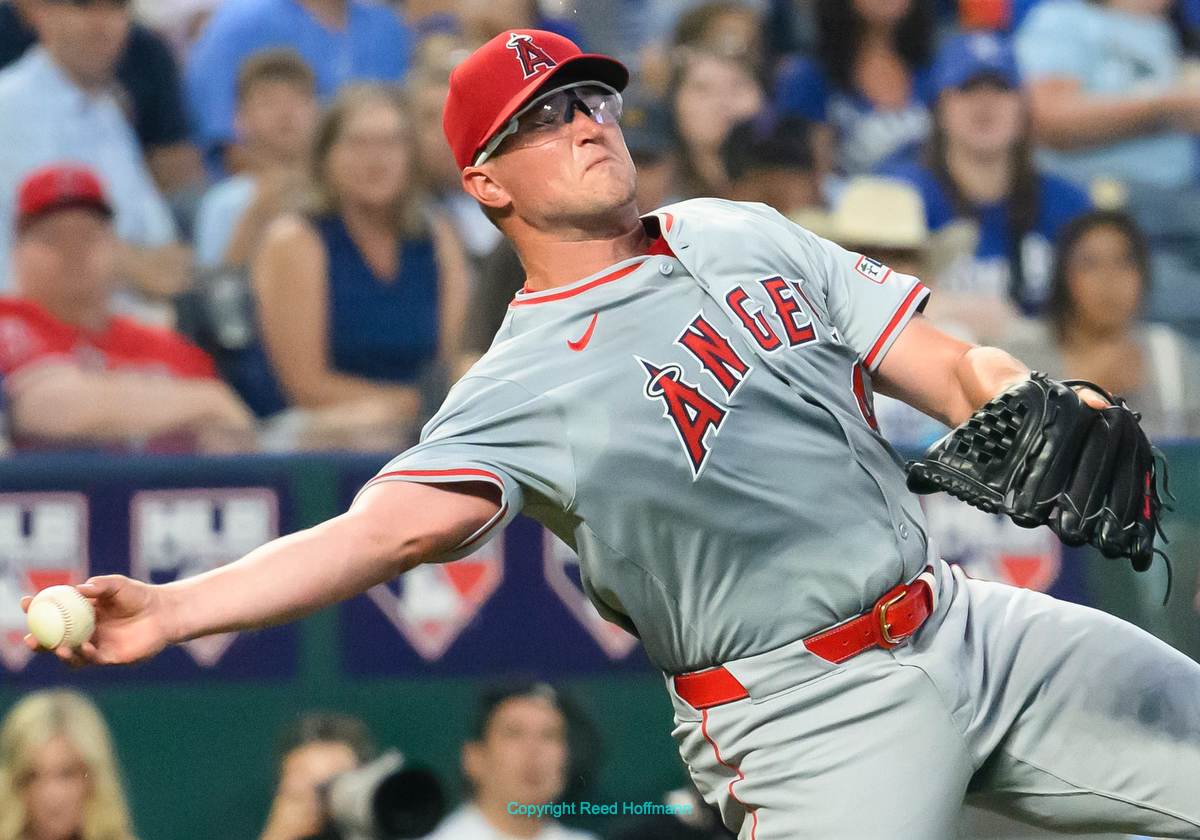
And here’s that same photo cropped to 100% so you can see whether the noise is an issue or not. I don’t have a problem with it.
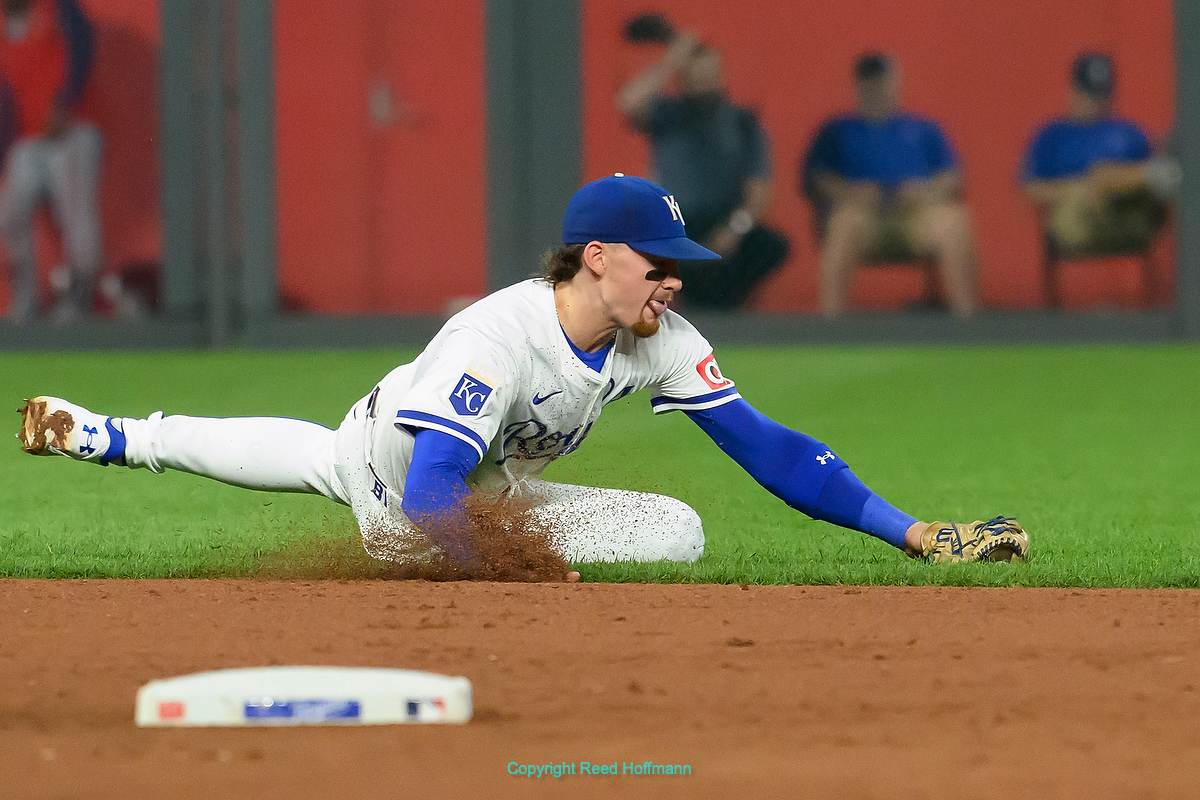
The Royals’ Bobby Witt Jr. dives to trap a grounder. Pushing the shutter speed into a range I didn’t really need also pushed the ISO into a range I’ve never considered using. I will now. Again note the overexposure. Nikon Z 6 III, Manual exposure, Natural Auto white balance, ISO 36,000, 1/3200 at f/6 in center-weighted metering, +0.7 EV, Nikkor Z 180-600mm f/5.6-6.3 VR lens at 460mm.
After that, I had no qualms taking the camera on the Southwest photo trip I just led, as we’d be doing a lot of night photography. To make it a little more challenging, I chose to shoot with my Nikkor Z 14-30mm f/4 lens, instead of the 14-24mm f/2.8. And at 10,000 ISO (photo at the top of the arch and Milky Way was also 10,000 ISO), below, the camera didn’t break a sweat.
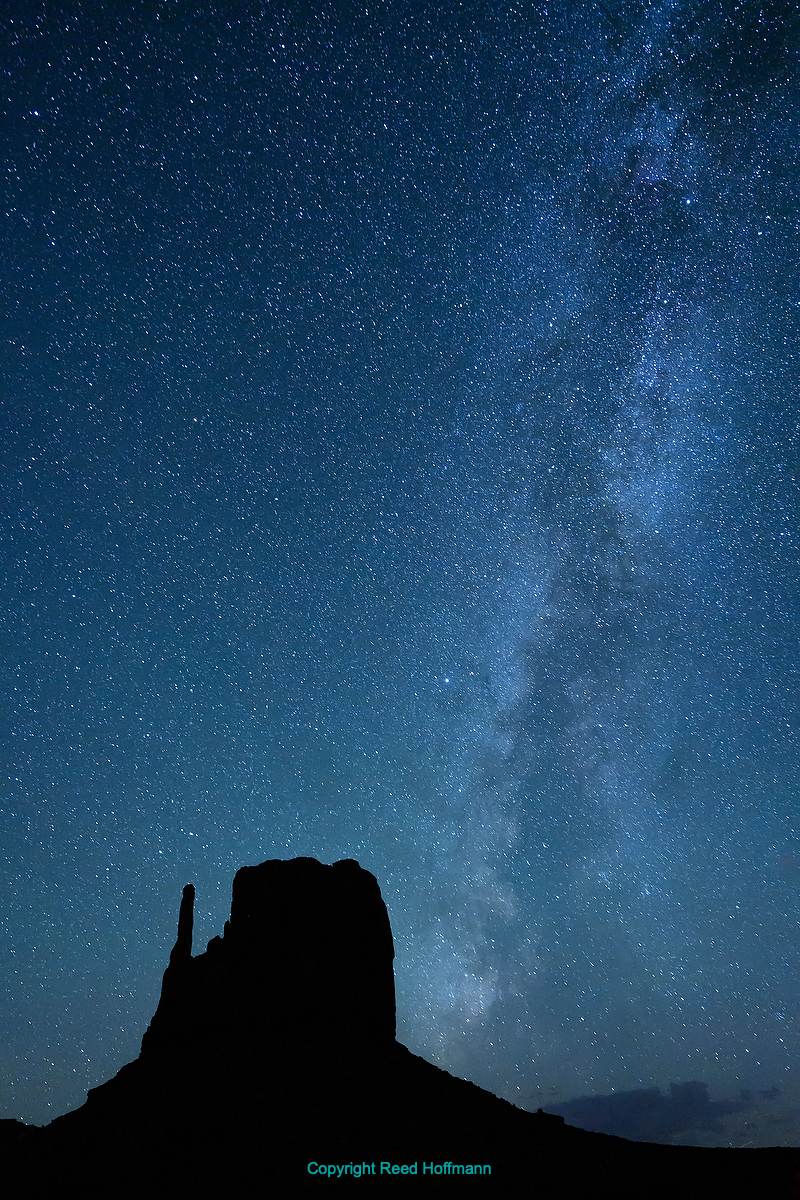
Photographing the Mitten in Monument Valley, I had no worries setting the camera to 10,000 ISO. Nikon Z 6 III, Manual exposure, 3800K white balance, ISO 10,000, 30-seconds at f/4, Nikkor Z 14-30mm f/4 S lens at 21mm.
Does all of this mean the Z 6 III will now be my main camera? No. I’ve always believed in using the best tool for the job, and I have other Nikon cameras to choose from that are better at other things. But when it comes to night photography, or situations where I might need to shoot at really, really high ISOs (what I’d have called “insane” before), there’s no question – I’ll grab that Z 6 III.
(If you like this story, please share it with your friends and let them know about the links on photography that I post on my business Facebook page. You can also find my photos on Instagram. And if you’re curious about the workshops I teach, you can find them here. Finally, you can subscribe to this blog on my home page.)

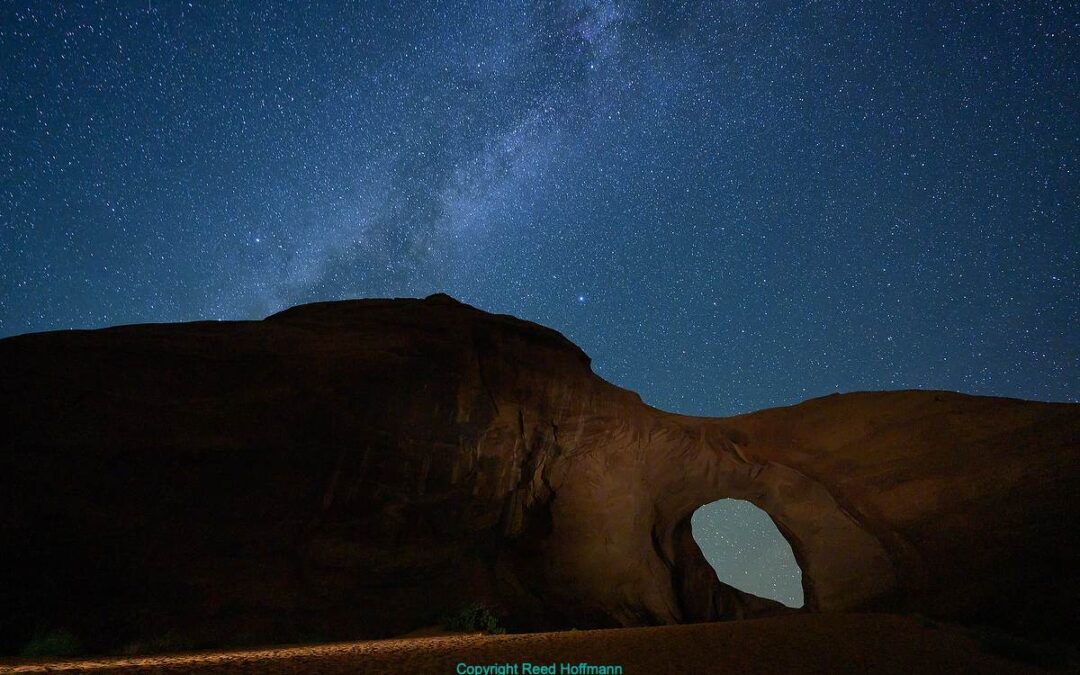
Hi I’m very impressed with your images have recently got the z6iii so haven’t put it to the test with high iso yet but I’m wondering how much denoise yymiu are applying to these images
Thanks
Hi Brendon. I leave the HIGH ISO NR in the camera at “Normal,” then let Adobe apply any extra NR automatically when I edit in Adobe Camera Raw. The files out of the camera are really clean as long as I don’t underexpose. I haven’t bothered using any third-party NR software on any of them.
Thanks for the expert insights! I am thinking about a Z 6 III for safari in Tanzania. After reading many accounts of how early morning/late evening are best times for wildlife sightings and activities, I wonder if better high ISO performance will make this camera a good complement to a Z8 or Z9. Sort of assuming that we will be able to get close enough to some animals to fill the frame enough that fewer Mpixels won’t matter that much.
I loved reading your take on the Nikon Z 6III. I also have the same camera and a planned trip to Monument Valley for night photography. I thought about pairing the camera with Nikon 20mm. But perhaps I will look at the pairing you used.
Thank you.
Hi Carol. The 20mm 1.8 will let you use shorter exposure times, and/or lower ISOs. But since the Z 6 III handles high ISO so well (as you saw), the 14-30mm f/4 is a reasonable option too.
Hi Reed, Thanks so much for your very informative blog posts, and your website in general.
I’d be interested to know of your real-world experience with the supposed reduction in dynamic range for the Z6 III’s stacked sensor. For context, I’m a Z6 user and am contemplating an upgrade. I’m encouraged by your reports about its high ISO performance.
Sorry for the slow reply, Andrew, missed this. The reduction in dynamic range is small, and to me, an easy tradeoff for everything else the camera offers.
Another great article. I am a little confused about the use of Exposure Compensation in Manual Exposure Mode as indicated in several of the captions of the photos. The Z6III reference manual states:
“IN MODE M EXPOSURE COMPENSATION AFFECTS ONLY THE EXPOSURE INDICATOR; SHUTTER SPEED, APERTURE, AND ISO SENSITIVITY DO NOT CHANGE. ACTUAL EXPOSURE DOES NOT CHANGE.
What am I missing?
What the manual says is true. However, I’m using Manual exposure combined with Auto ISO, and in that case, you can use exposure compensation. That’s because with Auto ISO turned on, changing EV allows the camera to shift ISO up or down to create over or under exposure. Without Auto ISO, the camera has no way to do that. Make sense?